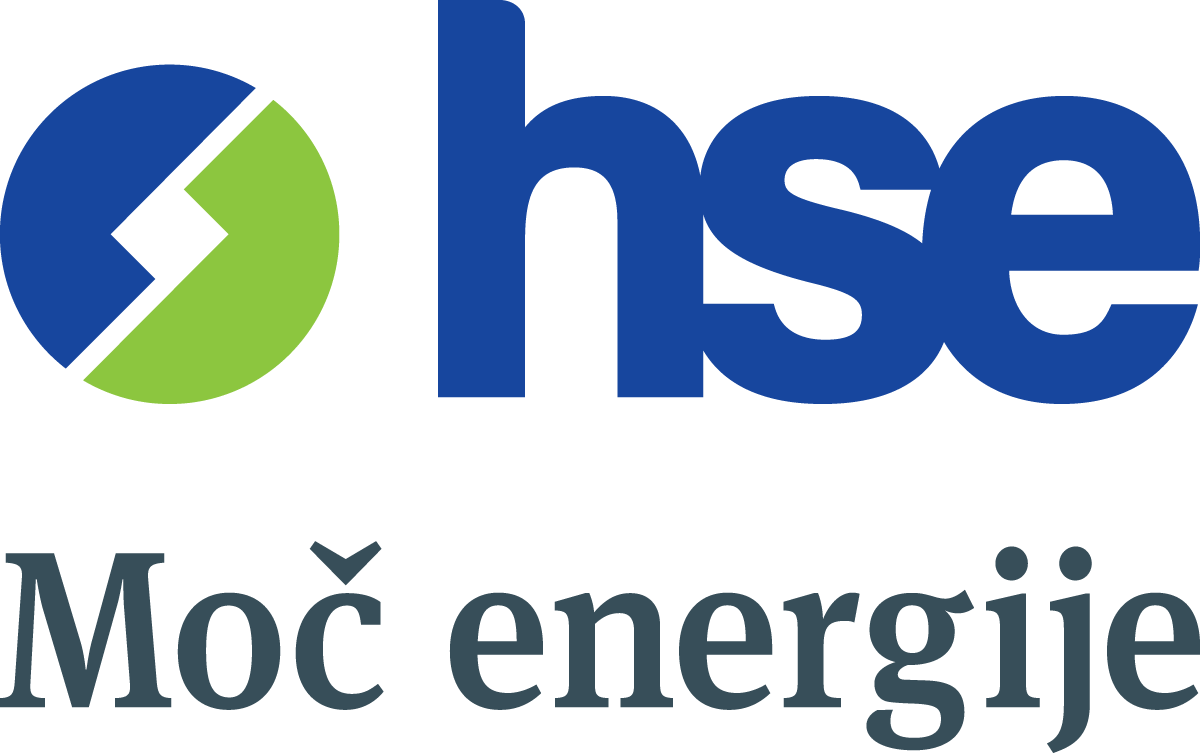Global Hydropower Day, which is celebrated annually on 11 October, aims to raise awareness of the positive impacts of sustainable hydropower generation and the impact it has on people and communities around the world.
Hydropower plants are power plants that utilise the power of falling or fast-running water to generate electricity. They can be sited directly in the riverbed or in an artificial channel that supplies water from the riverbed. The available power of the power plant and, consequently, the production depends on the water drop and the discharge of the river. In rivers, this depends on the natural inflow. Where the shape of the terrain and nature conservation requirements allow, the regulation capacity of the power plant can be increased so that its power is less dependent on the current inflow – a reservoir is created upstream of the power plant in which water is collected during times of lower consumption of electricity or greater natural inflow. This can be used for the production of electricity during times of greater consumption or lower natural inflows of the river.
There are 17 large hydropower plants in Slovenia on the Drava, Sava and Soča rivers. These are mostly combined run-of-the-river and storage power plants. In addition, there are also dozens of small hydropower plants on many tributaries of large watercourses. The total power of all hydropower plants is more than 900 MW (small hydropower plants + large hydropower plants), and they produce an average of 3,500 GWh of electricity annually. This suffices for the supply of 781,000 households.
Pumped-storage hydropower plants are a special type of hydropower plant. Currently, the only pumped-storage hydropower plant in Slovenia is on the Soča River. The Avče Pumped-storage Hydropower Plant is used to store electricity, as it operates in two modes: during peaks, the power plant operates in the pumping mode – it pumps water from the lower reservoir to the higher one and consumes energy in the process. When electricity needs to be generated, it is the other way around: the water flows from the higher reservoir to the lower one, generating electricity. A second pumped-storage hydropower plant in the HSE Group – Kozjak – is being planned by the company Dravske Elektrarne Maribor, as well as several small hydropower plants on the tributaries of the Drava River.
In addition to producing electricity from a renewable source, hydropower plants also provide many sustainable solutions. The Zadlaščica Hydropower Plant, which has been operating since 1989 under the auspices of the company Soške Elektrarne Nova Gorica, is a fine example of siting of a commercial facility in the sensitive natural environment of the Triglav National Park. At the same time, it is a multi-purpose facility, as it provides drinking water for the wider area of Tolmin and Most na Soči. The Tolmin small hydropower plant is also a multi-purpose facility, as it coexists with a fish farm. The covered ponds of the fish farm are intended for the breeding of grayling, which, in addition to Soča trout, are introduced to the watercourses of the Posočje region by Tolmin Fishing club, while at the same time it is a water catchment area for the Tolmin small hydropower plant. The Kanomeljske Klavže floodgates are also a good example of the multifunctionality of an energy facility. They were built during the reign of Napoleon I in 1813 on the Klavžarica Stream and were used to transport wood to the valley. They operated for the needs of the Idrija mercury mine until 1912. In 2005, they were renovated in accordance with the Cultural Heritage Protection Act and in cooperation with the Ministry of Culture of the Republic of Slovenia and the City Museum of Idrija. The water accumulated behind the floodgates is used for the production of electricity in the Klavžarica small hydropower plant.
If we as a country want to follow the commitments of the green transition, while ensuring energy self-sufficiency for all residents and businesses, constructing new facilities for the production of electricity from renewable sources is a must. The HSE Group is aware of this, and it incorporates new “green” projects in its development plans, taking into account all legislative procedures and the conditions of the natural and social environment in which it enters and with which it coexists. Today, hydropower facilities are no longer just producers of electricity; they are multi-purpose facilities that enable retention of high water levels, supply of water for irrigation and preservation of ecological potential, development of tourist and sports activities and many other advantages and opportunities.
Some more interesting facts:
- Hydropower plants are the largest producer of renewable electricity in the world – they generate as much as 16% of global electricity, approximately 4,000,000 GWh. All Slovenian hydropower plants combined produce an average of 4,500 GWh of electricity annually.
- The largest hydropower plant in the world – the Itaipu Hydropower Plant, which annually produces more than 100,000 GWh of electricity, stands on the border between Brazil and Paraguay. The largest Slovenian hydropower plant is the Zlatoličje Hydropower Plant on the Drava River channel, which annually produces more than 500 GWh of electricity, or approximately 5% of the electricity produced in Slovenia.
- In 1896, Nikola Tesla built the world’s first large hydroelectric plant at Niagara Falls, making the biggest turning point in human society since the first strokes of the steam engine in English cotton mills. With the idea that he had developed 19 years earlier, he began the electrification and informatisation of the world as we know it today. The oldest Slovenian large hydropower plant still in operation is the Fala Hydropower Plant on the Drava River, which has been in continuous operation for more than 105 years. The part of the power plant that has been out of operation since its modernisation is now a museum, which was declared a cultural monument of national importance in 2008.








